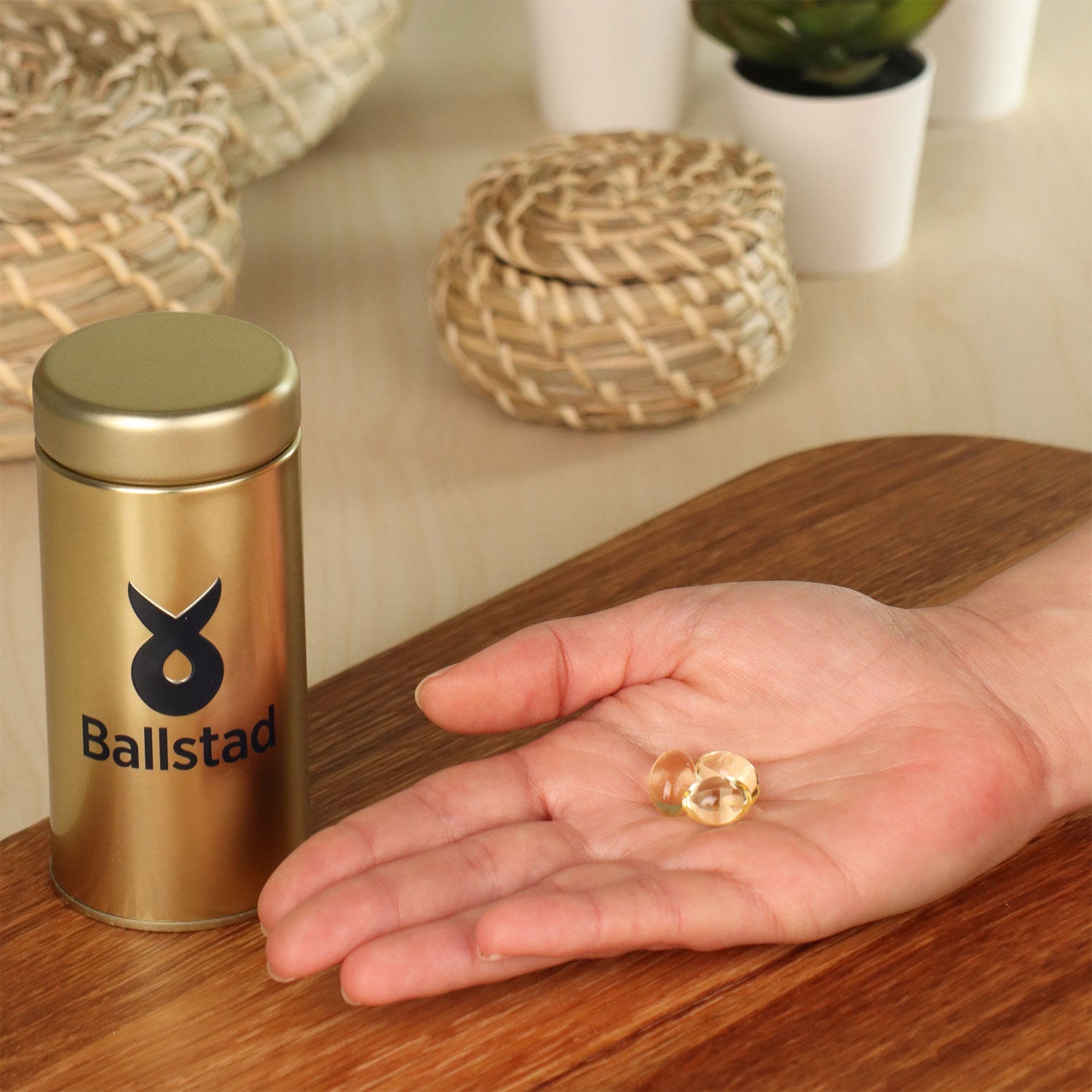Reasons Nassau County Seniors Choose In-Home Care Over Facility Living

Aging at home isn’t just a preference—it’s a plan. For many older adults, the right support makes it possible to stay in the place that holds their memories, routines, and community ties. Here are nine practical reasons more Nassau County seniors are choosing in-home care instead of moving to a facility.
1) Familiar environment boosts safety and confidence
Home is predictable: the favorite chair, the well-worn path from bedroom to bathroom, the kitchen setup that “just works.” That familiarity reduces disorientation and fall risk—especially after hospitalizations or when memory issues are present. Care plans can be built around existing layouts and habits rather than forcing a senior to adapt to an institutional routine.
2) Personalized care—down to the smallest routine
Facility staffing ratios make it hard to tailor every detail. In-home caregivers can match the day to the person: the exact breakfast they’ll actually eat, the music that encourages mobility exercises, or the pacing that avoids sundowning triggers. This customization often results in better adherence to medications, therapy, and nutrition goals.
3) Flexible scheduling that supports real life
From cardiology follow-ups in Mineola to physical therapy in Great Neck, appointment schedules can be unpredictable. In-home care flexes with those demands—providing early-morning help on lab days, staying later after telehealth consults, or shifting meal times during religious observances and family events. Flexibility prevents the missed tasks that can lead to setbacks.
4) Stronger infection control
Even the best-run facilities bring shared air and shared surfaces. At home, exposure is limited to the household and a small care team. Simple measures—hand hygiene stations by the door, separate “care supplies” bins, and regular disinfecting of high-touch areas—help reduce respiratory and GI infections that can quickly spiral for older adults.
5) Family involvement without the visitor rules
Loved ones can participate as much (or as little) as makes sense—training alongside caregivers, joining medication reviews, or handling a favorite weekly outing. No visiting hours, no sign-in desk. Families can also build a shared digital log for vitals, meals, and notes so everyone stays aligned—even when work or travel takes them out of town.
6) Cost control and clarity
While costs vary, in-home support lets families pay for exactly what’s needed: a few hours daily for personal care, extra help during recovery, or heavier support after surgery. Layering services—transportation, meal delivery, therapy at home—can be more cost-effective than full-time residential care. Transparency around hours and tasks also makes budgeting easier.
7) Safer transitions after hospital or rehab
The first two weeks post-discharge are high-risk. In-home caregivers can translate discharge instructions into a daily schedule, reconcile medications, monitor vitals, and coordinate follow-ups—preventing common pitfalls like missed doses, dehydration, or falls. Early escalation for worrisome symptoms often avoids readmissions.
8) Maintaining community ties in Nassau County
Aging at home preserves the social fabric: the next-door neighbor who checks in, the local faith community, the senior center, and favorite shops. Caregivers can support transportation to familiar places or set up virtual visits when mobility is limited. Research consistently shows that maintaining meaningful connections supports mental health and cognitive function.
9) Dignity and autonomy, preserved
The small things matter: choosing one’s outfit, taking time with grooming, eating meals in one’s own kitchen. In-home care emphasizes shared decision-making and consent, allowing seniors to keep control over daily life while receiving practical assistance. That dignity fuels motivation and makes wellness plans more sustainable.
Making in-home care work: a quick starter plan
- List the must-haves. Identify the three tasks that most affect health and safety (e.g., bathing, morning meds, safe transfers). Build your initial schedule around those.
- Create a one-page “medical passport.” Include diagnoses, meds, allergies, providers, and emergency contacts. Keep copies by the door and in a go-bag.
- Set red-flag rules. Define thresholds for calling a nurse or 911 (e.g., oxygen saturation below target, a sudden fall, rapid weight gain for heart failure). Post the rules on the fridge.
- Align with clinicians. Ask which visits can be virtual and which metrics (BP, weight, SpO₂, glucose) to log at home. Share a weekly summary for adjustments.
- Protect caregiver sustainability. Schedule respite hours. Even two hours weekly can prevent burnout and support better care.
- Plan transportation. Pre-enroll in paratransit or medical transport if mobility is limited, and cluster appointments by geography to reduce strain.
- Audit the home for safety. Improve lighting, remove tripping hazards, add grab bars and a shower chair, and keep frequently used items at waist height.
Choosing in-home support isn’t about doing everything at once—it’s about doing the right things reliably. For many older adults, the combination of familiar surroundings, tailored routines, and flexible scheduling leads to better outcomes and a higher quality of life than facility living. If you’re exploring options for home care in Nassau county, consider how the plan will protect dignity, prevent avoidable risks, and keep the person connected to the community they love. With a focused start and the right supports, seniors can thrive where they’re most at home—at home.







